There’s something profoundly humbling about standing next to a thousand-pound animal who can read your emotions better than most people can. Horses possess an extraordinary ability to mirror our internal state, teaching us lessons we never expected to learn when we first entered their world.
Whether you’re a lifelong equestrian or someone who’s simply curious about these magnificent creatures, you’ll discover that horses are far more than riding companions. They’re natural therapists, meditation teachers, and trust-building coaches all rolled into one. The bond between humans and horses transcends simple animal companionship, creating a unique classroom where emotional intelligence flourishes.
Let’s explore how these gentle giants become our greatest teachers in the art of living mindfully.
The Mirror That Never Lies: Understanding Horse Sensitivity
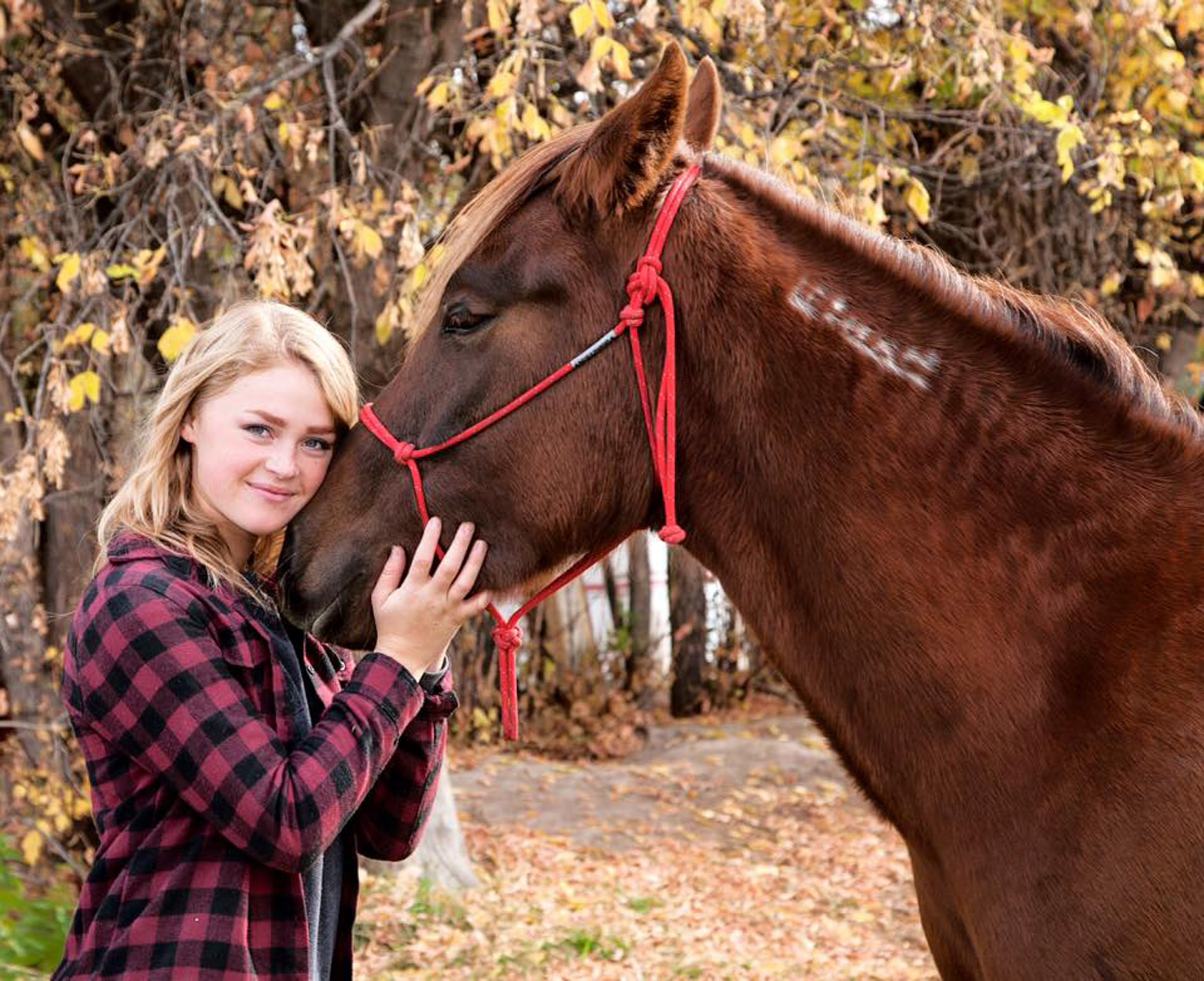
Horses possess an almost supernatural ability to read human emotions. Horses can recognize human emotions and respond in an intentional way, making them incredibly accurate barometers of our internal state. When you’re carrying stress from work or anxiety about life, your horse will immediately pick up on these feelings.
This sensitivity isn’t just coincidence. Horses are known to mirror human emotions, often responding negatively to stress and anxiety. Think of your horse as an emotional truth detector. If you approach them while feeling frustrated or impatient, they’ll likely become tense or uncooperative.
What makes this mirror effect so powerful is its honesty. Unlike humans who might politely ignore your bad mood, horses never pretend. Their physical body and energy body are completely congruent. Unlike humans, they will never smile or hug (for example), while they’re actually upset.
This immediate feedback teaches us to become more self-aware. You quickly learn that authentic calmness, not fake composure, is what creates harmony with your horse.
The Art of Slowing Down: Patience as Survival
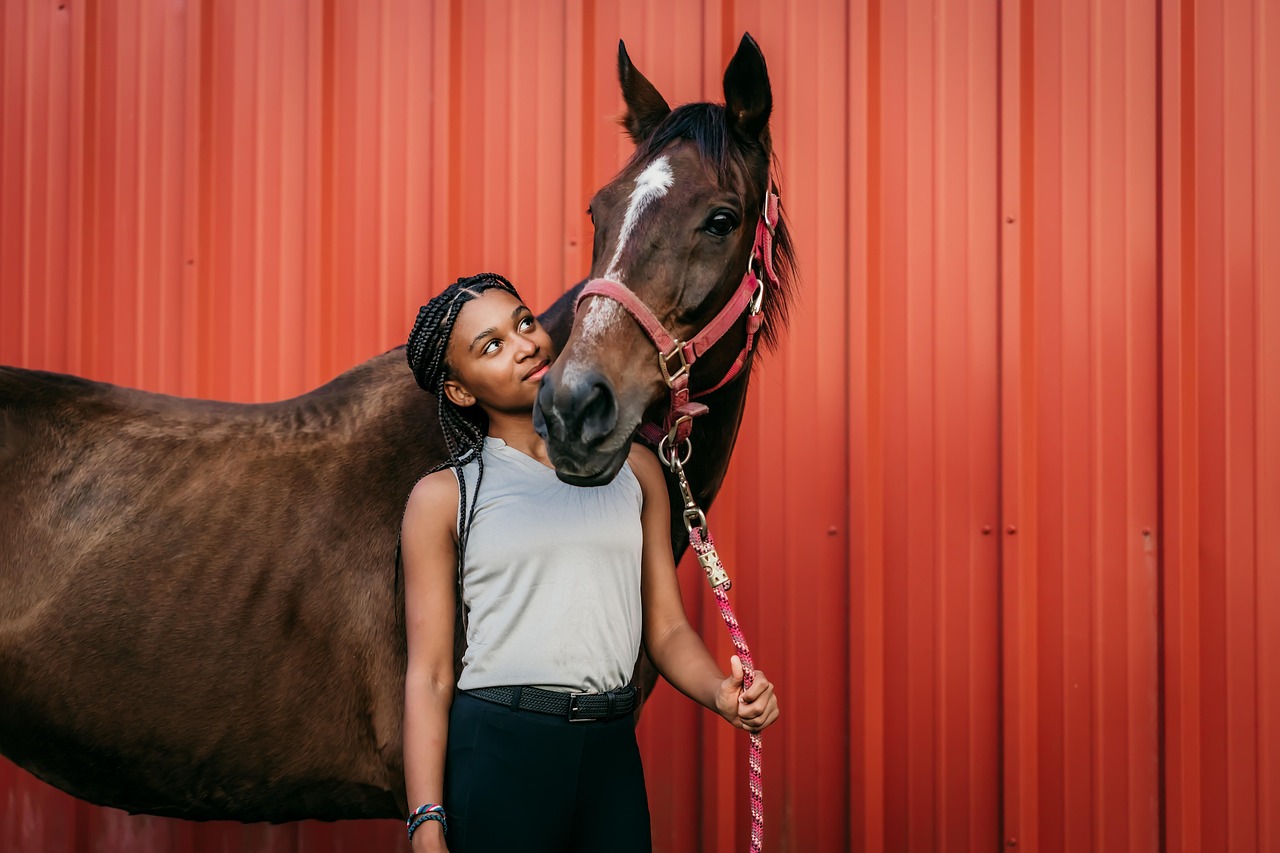
Working with horses demands a complete shift in our modern pace-obsessed mindset. Equine-assisted therapy requires people to be calm, centered, focused, and fully engaged. Rushing simply doesn’t work in the horse world.
Consider the simple act of catching a horse in a pasture. If you march out with urgency and impatience, the horse will likely walk away from you. However, approach with calm intention and patience, and they’ll often come to you willingly. This isn’t stubbornness on the horse’s part; it’s their natural response to energy and intention.
The horses will teach patience, tenacity, emotional regulation as well as build confidence and trust. Every interaction becomes a lesson in patience. From the methodical process of grooming to the careful steps of tacking up, horses teach us that quality takes time.
This patience extends beyond the barn. Horse people often find themselves becoming more patient in daily life, having learned that rushing creates stress and poor outcomes.
Present Moment Awareness: The Horse’s Gift of Mindfulness
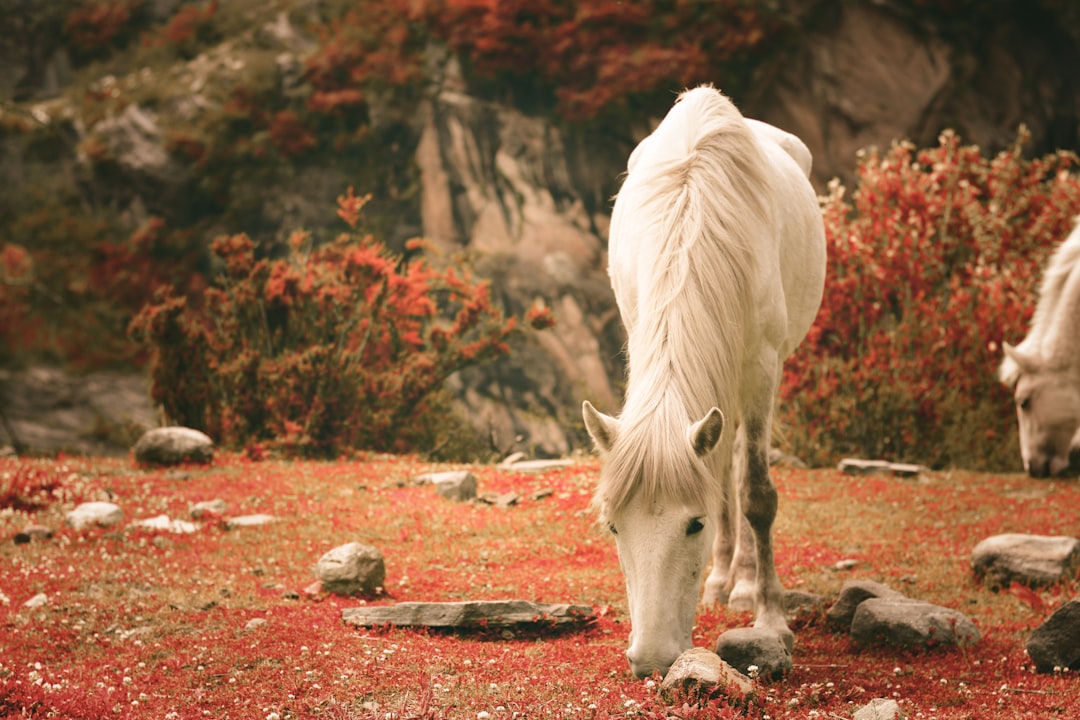
Horses can teach mindfulness, which can help you observe your momentary thoughts, feelings, perceptions, and sensations. This mindfulness helps you to tolerate stress, as you are not reacting to these fleeting emotions. Being with horses naturally pulls us into the present moment.
Horses live entirely in the now. They don’t worry about tomorrow’s feed delivery or yesterday’s uncomfortable saddle. This presence is contagious. When you’re truly present with a horse, grooming becomes meditation, leading becomes a walking prayer, and riding transforms into moving mindfulness.
Horses have a way of bringing people into the present moment, helping them feel calm and focused. Spending time with a horse, feeling its breathing, and moving alongside it can create a deep sense of peace. Many horse owners describe the barn as their sanctuary, a place where worldly concerns fade away.
This isn’t just romantic notion; it’s measurable. Studies have shown that spending time with horses, even for relatively short periods, increases the amount of endorphins that are released into the body and decreases the levels of a chemical called cortisol – which is a hormone that controls stress and arousal.
Reading the Unspoken Language: Body Communication Mastery
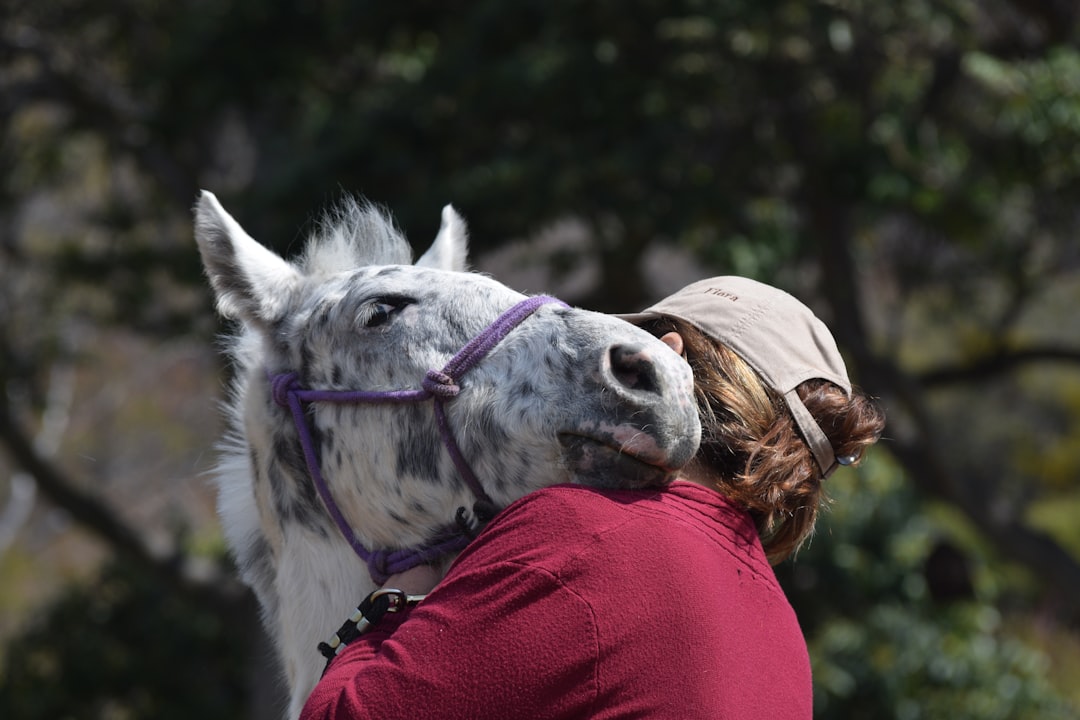
Horses communicate primarily through body language, and learning to read their signals teaches us to become more observant of nonverbal communication in all our relationships. They do it all through body language – the use of their faces, ears, legs, backs, tails, and entire bodies to communicate information.
The exchange of body language information between horse and human and vice versa is essential when handling horses. Being able to notice what the horse is intending to do within the next fraction of a second may prevent serious accidents. This heightened awareness transfers beautifully to human interactions.
Horse people often become more skilled at reading subtle emotional cues in people. Working with horses teaches individuals how to recognize and respond to nonverbal cues, an essential skill in human interaction. Since horses rely primarily on body language, individuals must become more aware of their own nonverbal signals to build trust and connection.
This skill transforms relationships. You learn to notice when someone is uncomfortable before they say anything, or when a child needs reassurance even if they claim they’re fine.
Building Bridges of Trust: The Foundation of Connection
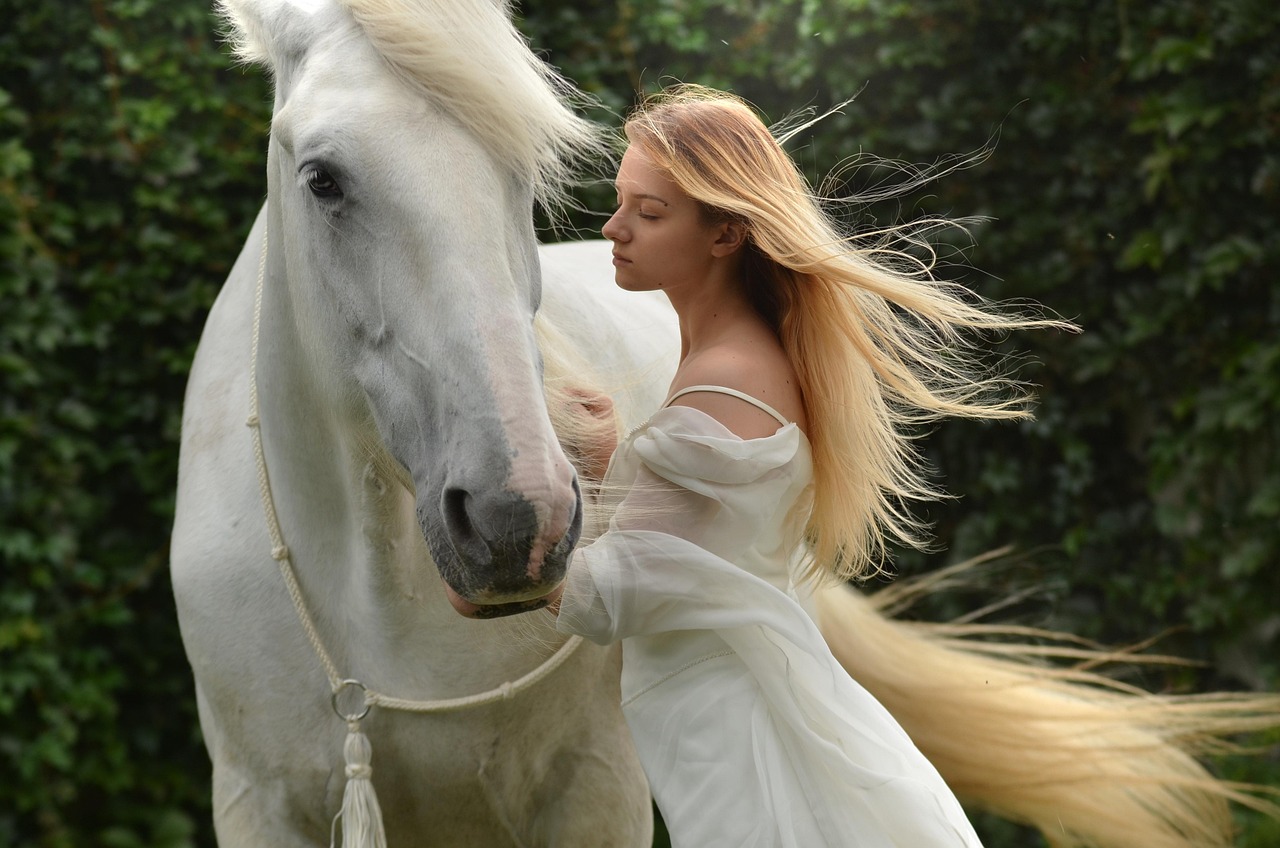
Trust with horses isn’t given freely; it’s earned through consistent, calm, and respectful behavior. Developing a relationship with a horse requires patience, consistency, and self-awareness. These qualities, once fostered in therapy sessions, can help individuals build confidence and resilience in other aspects of life.
Unlike human relationships where trust can sometimes be manipulated through words, horses base trust purely on actions and energy. You can’t lie to a horse or convince them you’re trustworthy through charm. Your consistency, calmness, and respect must be genuine.
Horses can teach kids how to get trust, and what it takes to build and have trust, in a relationship. This process is slow and requires vulnerability. You must learn to approach without demanding, to lead without dominating, and to be strong without being aggressive.
The trust-building process with horses teaches us that healthy relationships require emotional regulation, clear boundaries, and authentic presence. These lessons create stronger, more honest relationships with the people in our lives.
Emotional Regulation: Learning to Breathe Together
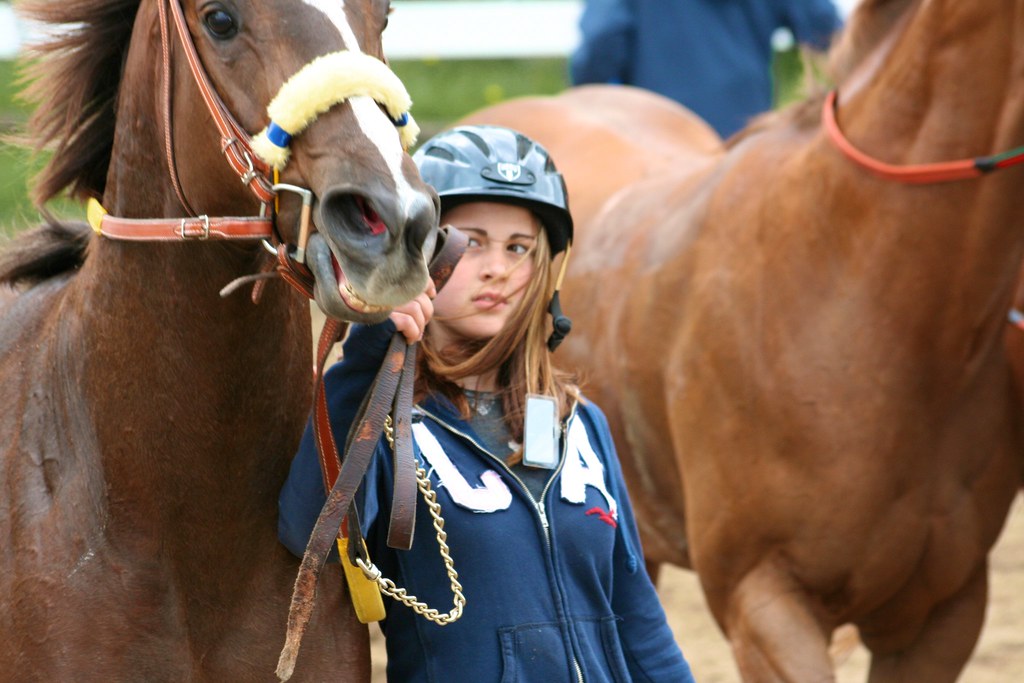
Try this body language exercise next time a horse is tense and ‘on the muscle.’ Standing next to him (or from the saddle) take a very deep breath, exhaling with an audible sigh and allowing your shoulders, neck and head to drop. Nine times out of ten, the horse will mimic your behavior and sigh and drop his head lower as he relaxes his muscles.
This simple exercise demonstrates horses’ incredible ability to teach emotional regulation. When we learn to control our breathing and body tension around horses, we develop skills that serve us everywhere. The need to communicate with a horse calmly promotes emotional awareness, emotion regulation, self-control, and impulse control.
Horses don’t tolerate emotional explosions well. They require us to find our calm center before approaching them. This necessity creates natural emotional intelligence training. You learn to recognize the early signs of frustration or anxiety and develop techniques to return to balance.
Many horse owners find themselves becoming calmer people overall, having learned that emotional reactivity creates problems while thoughtful response creates solutions.
The Wisdom of Vulnerability: Accepting Help and Connection
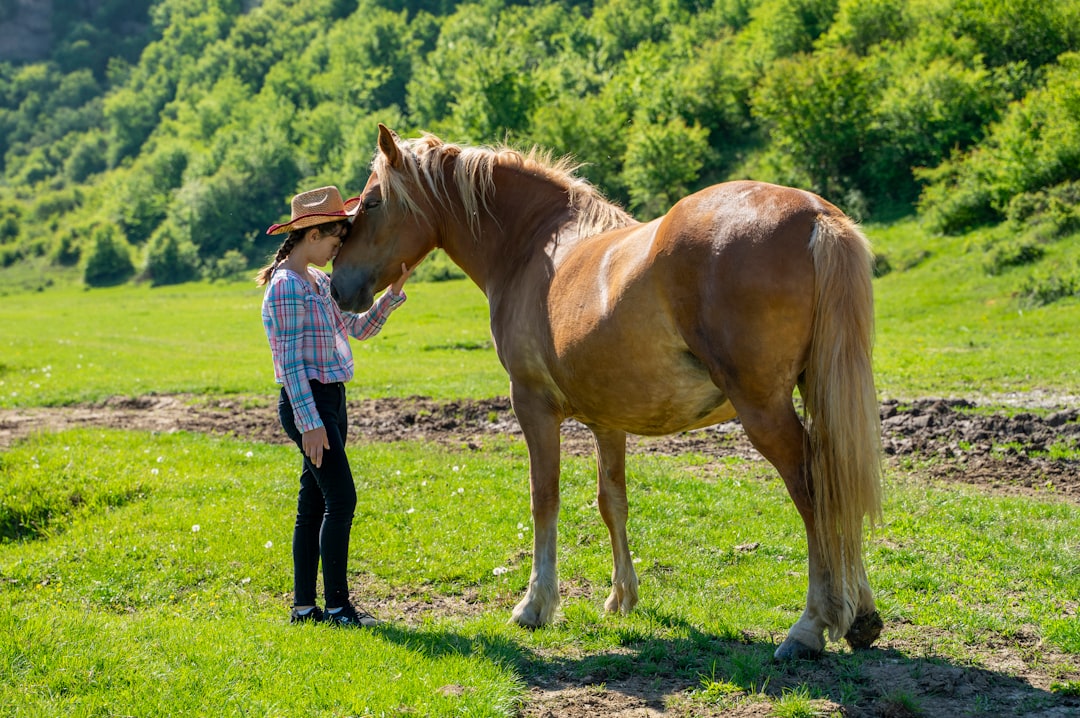
Perhaps the most profound lesson horses teach us is that vulnerability and strength can coexist. Many find that simply being in the presence of a horse creates a sense of well-being, peace, and openness. They feel they can interact with this animal without fear of judgment because horses are honest in their interactions with and responses to others and their environment. This creates a space for being comfortable discussing vulnerable topics tied to emotions, traumas, painful experiences, and life transitions.
Horses accept us without judgment while simultaneously holding us accountable for our energy and behavior. This combination creates a safe space for emotional healing and growth. Horses naturally mirror human emotions, creating a safe space for individuals to process feelings they may struggle to express verbally. Their calm, nonjudgmental presence can be incredibly grounding for those dealing with anxiety, depression, or trauma.
Working with horses teaches us that asking for help isn’t weakness; it’s wisdom. Every horseperson knows the value of experienced guidance, and horses themselves often seek comfort and connection when they’re uncertain or afraid.
This lesson in healthy vulnerability transforms how we approach relationships with people, making us more willing to seek support and more comfortable offering genuine care to others.
Conclusion
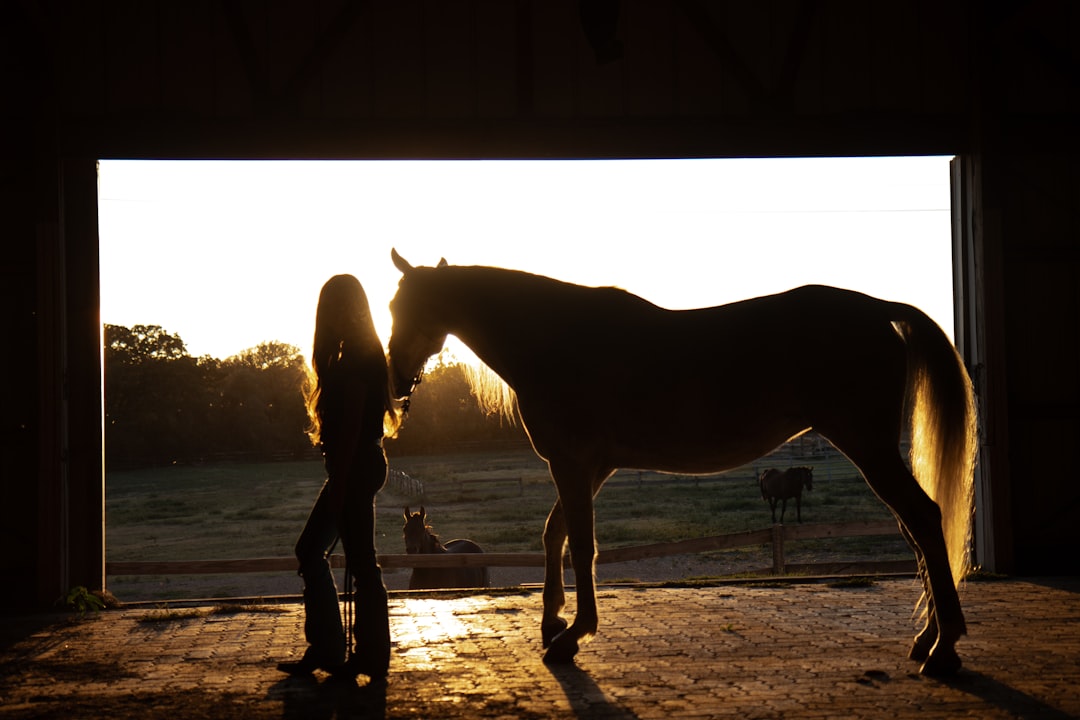
The lessons horses teach us about patience, presence, and trust extend far beyond the barn. These magnificent animals serve as living teachers, showing us how to slow down in a fast-paced world, how to be truly present in our relationships, and how to build trust through authentic action rather than empty words.
Their gift lies not in what they say, but in how they respond to who we truly are beneath our masks and pretenses. In their honest reactions, we learn to become better versions of ourselves.
Have you experienced the transformative power of horses in your own life? Share your stories in the comments below and help others discover the profound wisdom these gentle giants offer to anyone willing to listen.

Andrew Alpin from India is the Brand Manager of Doggo digest. Andrew is an experienced content specialist and social media manager with a passion for writing. His forte includes health and wellness, Travel, Animals, and Nature. A nature nomad, Andrew is obsessed with mountains and loves high-altitude trekking. He has been on several Himalayan treks in India including the Everest Base Camp in Nepal.






